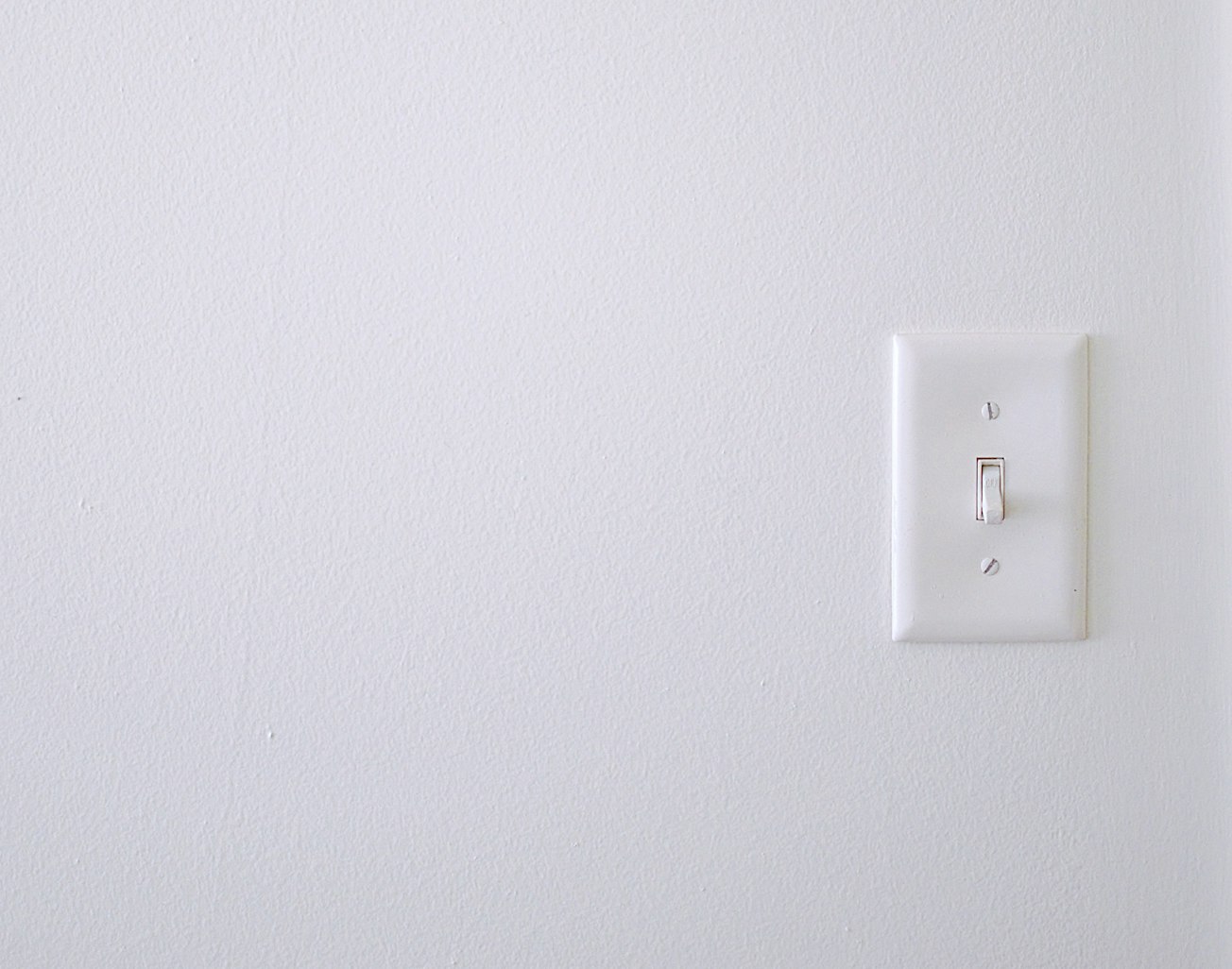What is it about?
The subject of this article is a class of light-responsive colorants which have attracted a huge amount of interest from scientists and technologists. Research groups across the world, whose members include Nobel Prize winners, have been working with these types of dye for a few decades. They have been exploring what is possible using this kind of colorant as light-activated switch components in fields like biomedicine, nanomachinery and optoelectronics. This articles provides a brief introduction to what these colorants are, how they are made, where they could find use, and which of their properties are of key interest. Even among photochromic dyes, they are somewhat special in that their appearance and other characteristics can be switched back and forth on demand by irradiating the colorant with different colours of light.
Featured Image

Photo by Isabella and Louisa Fischer on Unsplash
Why is it important?
No major commercial uses have yet emerged from the colossal amount of work invested in diarylethene dyes to date. Consequently, they remain commercially unimportant compared to other photochromic dyes. However, they have great potential to make an impact on people's lives in medical treatments, consumer devices, computing, and many other fields. Diarylethenes could be used to control when and where drugs work, improving their efficacy and reducing side effects. Crucial components of faster, less power hungry computing may depend on these types of colorant in future. Many other applications are being investigated. At the time of publishing the article, none will be reaching the mass market any time soon. Nevertheless, should any of these technologies become commercialised, then photochromic colorants would assume a whole new level of importance.
Perspectives
The author spent 15 years working in the R&D department of a manufacturer and supplier of photochromic colorants, helping bring products and processes to market as well as collaborating with business exploiting light-sensitive materials. Part of this effort included synthesising and working with diarylethene derivatives.
Dr Andrew D Towns
Read the Original
This page is a summary of: Diarylethene Dyes, Physical Sciences Reviews, April 2020, De Gruyter,
DOI: 10.1515/psr-2019-0146.
You can read the full text:
Contributors
The following have contributed to this page







